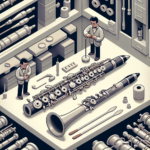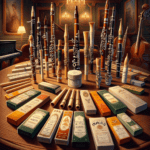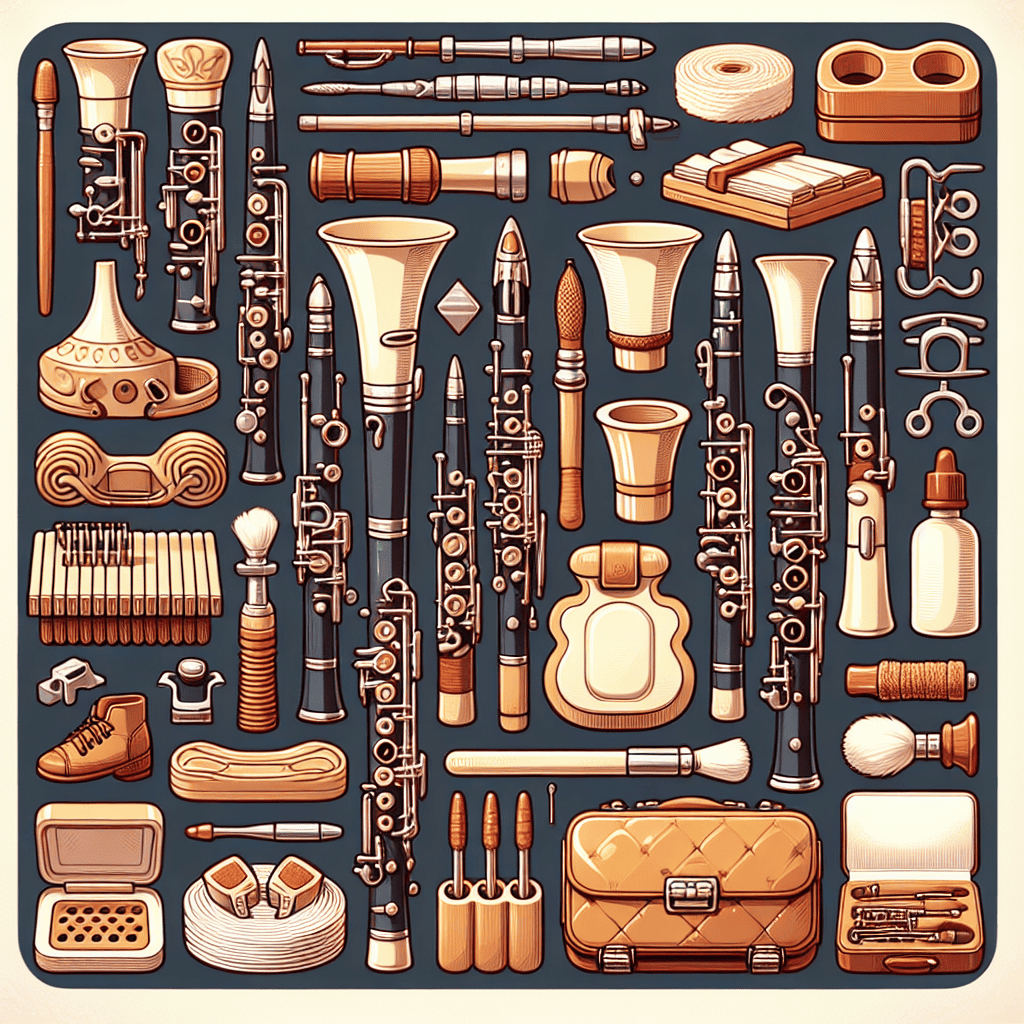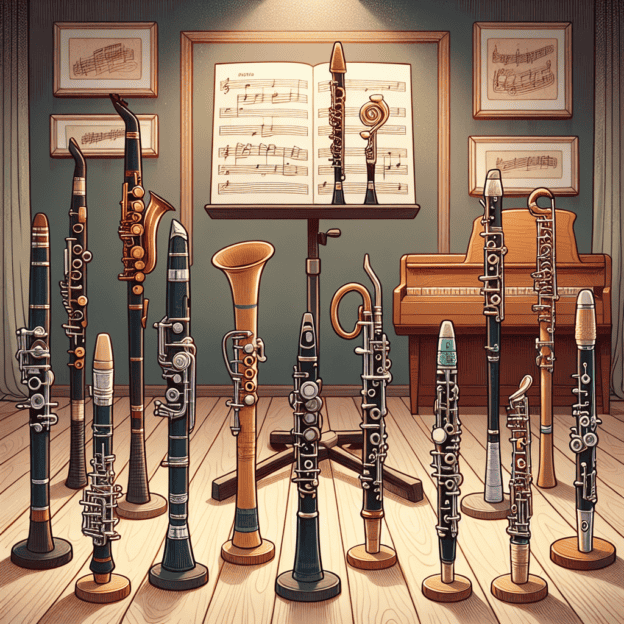Introduction
Choosing the right clarinet ligature material can significantly impact your sound and ease of play. Just like reeds, the material of the ligature affects the performance of your clarinet. Whether you're new to playing or have years of experience, knowing about different materials and their advantages will help you choose wisely. High-quality options, like those found in Martin Freres clarinets, showcase excellent craftsmanship worth considering.
Leather Ligatures
Leather ligatures produce a soft and warm sound. They're more flexible, offering comfort and easy adjustments. If you want to soften a harsh reed's tone or have more control over your sound dynamics, leather ligatures are a great option. They also cushion the reed, which can help prevent damage to both the reed and mouthpiece.
Keep in mind that leather ligatures can absorb moisture, potentially stretching over time. Regular checks and maintenance are important to keep them in good condition. Martin Freres has demonstrated that well-made leather ligatures can last long and perform consistently.
Metal Ligatures
Many clarinetists prefer metal ligatures. They offer a bright, responsive sound and securely grip the reed, improving projection and articulation. Metal ligatures come in various types, including gold, silver, and nickel.
| Metal Type | Sound Characteristics | Durability |
|---|---|---|
| Nickel-plated | Balanced sound | High |
| Silver | Warm tone | Medium |
| Gold | Rich tone | High |
While pricier, investing in a quality metal ligature can greatly improve your performance. Martin Freres' metal ligatures showcase the precision and attention to detail needed for these high-quality accessories.
Fabric Ligatures
Fabric ligatures, made from materials like nylon or synthetics, are lightweight and feel different from metal or leather. They produce a balanced tone and are popular for their flexibility and ease of use. Fabric ligatures can help create a softer, mellower sound compared to metal types.
Synthetic materials in fabric ligatures resist stretching or changing shape, unlike leather. They also handle moisture better, making them stable and long-lasting. Consider quality synthetic materials for reliable performance, taking cues from Martin Freres' approach.
Wood Ligatures
While less common, wooden ligatures offer distinct tonal qualities. They create a warm, rich sound and can enhance the clarinet's resonance. The natural vibrations of wood can complement the reed's vibrations, resulting in a harmonious sound that many players enjoy. However, they're less adjustable and may need more careful maintenance.
Wooden ligatures can be affected by humidity and temperature changes. Proper care, similar to how Martin Freres maintains its high-quality wooden instruments, can help you make the most of a wooden ligature's unique benefits.
Composite Ligatures
Composite ligatures combine various materials to balance the best properties of each type. For example, a ligature might have a metal frame with fabric strands for flexibility. These hybrids offer versatility, often allowing clarinetists to achieve a wider range of tonal qualities and responses.
When selecting a composite ligature, consider the specific blend and how it suits your preferences. The innovative designs from Martin Freres show how thoughtfully combining materials can lead to significant performance improvements.
Conclusion
Choosing the right clarinet ligature material depends on your personal preference and the sound you want to achieve. Each material offers unique benefits that can influence your playing experience. From leather's warmth to metal's brightness, the choice is yours. Like the quality seen in Martin Freres clarinets, your ligature choice can greatly affect your sound quality and ease of play.







